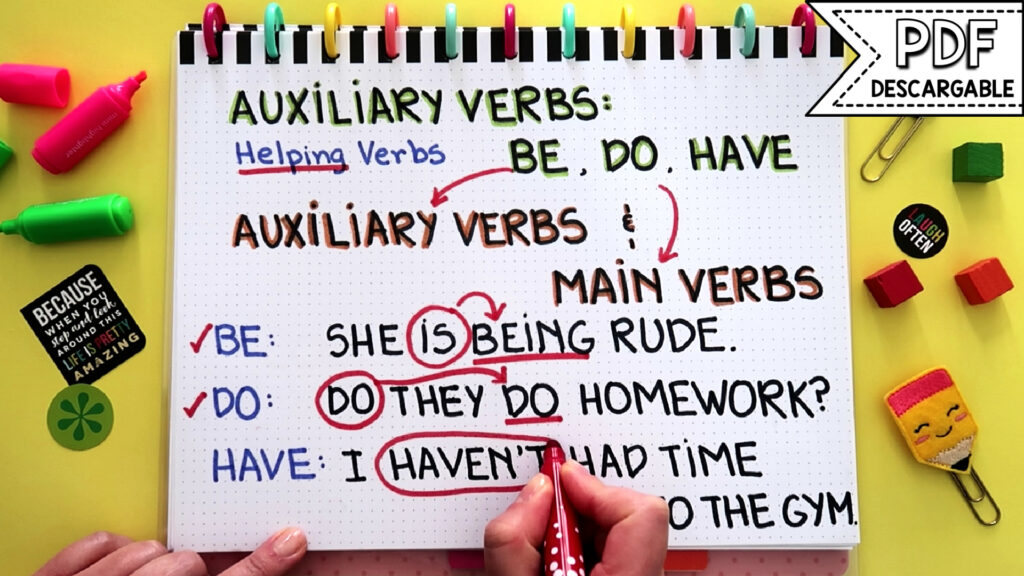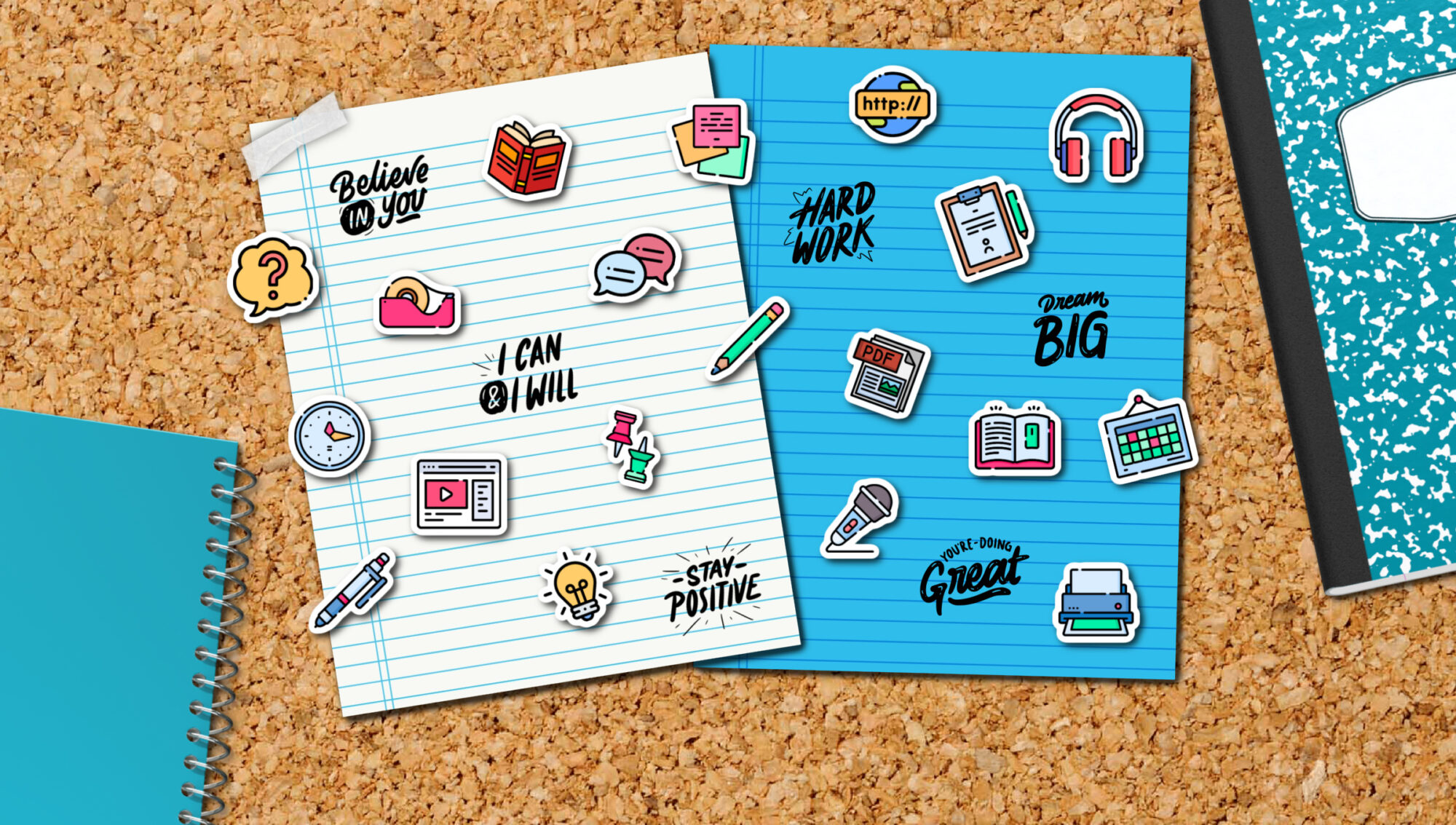VERBOS AUXILIARES EN INGLÉS
Los verbos auxiliares en inglés también se llaman Helping Verbs. Lo peculiar de los verbos que vamos a estudiar hoy es que pueden ser usados como verbos auxiliares y también como Main Verbs, que significa Verbos Principales.
Por ejemplo:
BE: She is being rude.
En esta oración “is” es una forma del Verbo Auxiliar Be, y “being” se está usando como Main Verb.
DO: Do they do homework?
En esta oración el primer “do” es una forma del Verbo Auxiliar Do, y el segundo “do” se está usando como Main Verb.
HAVE: I haven’t had time to go to the gym.
En esta oración “haven’t” es una forma del Verbo Auxiliar Have, y “had” se está usando como Main Verb.
VERBOS MODALES EN INGLÉS:
A los siguientes verbos se les llaman Modal Verbs, pero también se refieren a ellos como Verbos Auxiliares. Sin embargo, sus reglas son diferentes a los verbos que vamos a repasar hoy.
- Will
- Ought to
- Can
- Would
- May
- Should
- Could
- Might
- Must
- Shall
Cuando son auxiliares, estos verbos se usan así:
- Be se usa para Continuous Tenses, que también se llaman Progressive Tenses
- Do se usa para Simple Tenses.
- Have se usa para Perfect Tenses
Ejemplos usando Be como auxiliar:
Presente Continuo – Present Continuous:
I am eating.
Is she cooking.
We aren’t studying.
Pasado Continuo – Past Continuous:
It was sleeping.
They weren’t working.
Ejemplos usando Do como auxiliar:
Presente Simple – Simple Present:
Do you play soccer.
Does she work out?
Pasado Simple – Simple Past:
They didn’t win.
Did he eat?
We didn’t break the window.
Ejemplos usando Have como auxiliar:
Presente Perfecto – Present Perfect:
I have read.
It hasn’t snowed.
Pasado Perfecto – Past Perfect:
I hadn’t studied.
Had they bought the books?
Haz clic en la imagen para ver el video:

PDF DESCARGABLE: VERBOS AUXILIARES EN INGLÉS
SERIE DE GRAMÁTICA:
Con esta serie puedes practicar los temas que repasamos en la lección de hoy. Incluye los verbos auxiliares en inglés: BE, DO, HAVE

